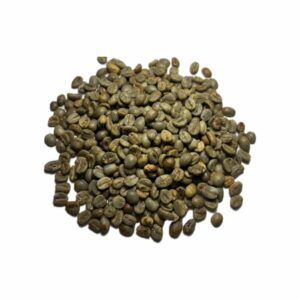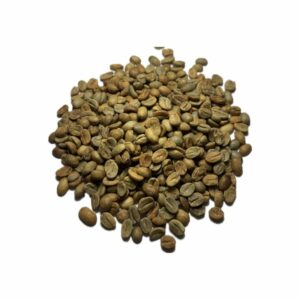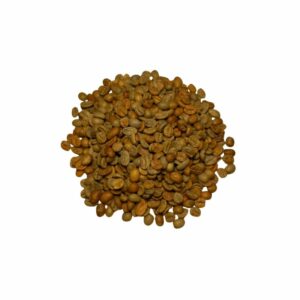From 24 to 30 November
Black Week Offers
- Free shipping!
- On green coffee orders over €1,500
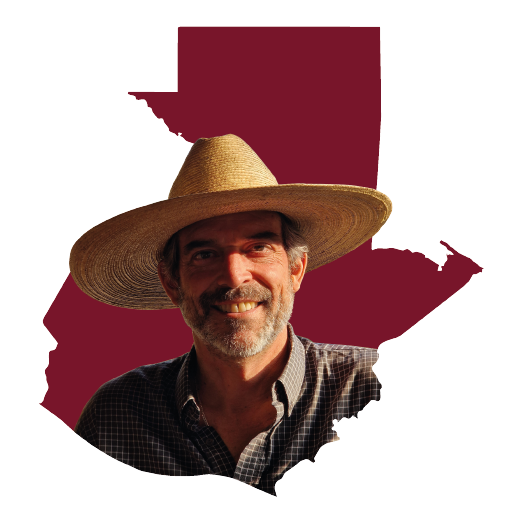

Guatemala is located at the western end of Central America, bordered to the north by Mexico, to the west by Belize, to the east by Honduras and to the southwest by El Salvador, is the most populous country in Central America, It is home to 17.58 million inhabitants and covers an area of 108,889 km².
Green coffee is one of Guatemala’s most exported products, despite the fact that during the 2001 crisis, many coffee growers opted to look for alternatives to diversify their crops. coffee has managed to remain among the country’s most exported products. Coffee cultivation in Guatemala is 90% of the arabica species and 10% of the robusta species, coffee generates some 500,000 jobs in the country and more than 300,000 hectares are used for its cultivation.
The topography of Guatemala isaños, a chain of 34 volcanoes runs parallel to the Pacific Ocean, along this chain is the ‘Coffee Belt’, the location between two oceans and volcanic land forms the optimal environment for the growth of coffee plants.
The mineral-rich soils of theañosthat crisscross the country contribute to the high quality of Guatemala’s coffee. In Guatemala the most adequate and beneficial temperature for coffee production is 16 to 32ºC, in lands located at an altitude of 500 to 700 meters above sea level, the young plants should be shaded. In areas above 1,500 meters, plantations should be protected from cold north winds.
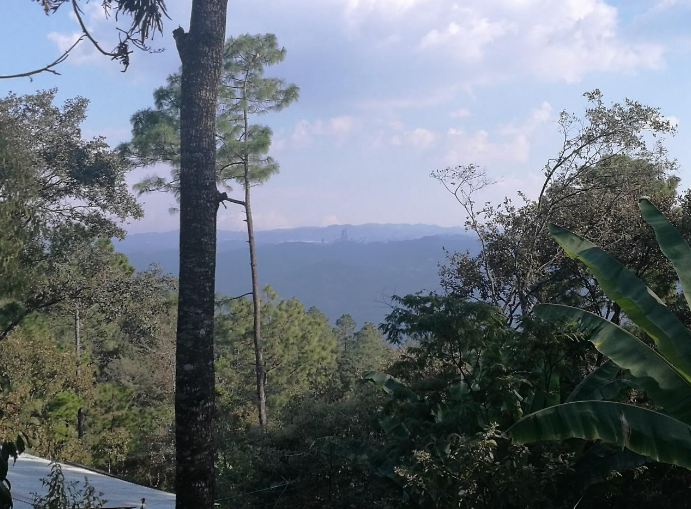
The Acatenango coffee-growing region is located west of Guatemala City, has an estimated population of 134,172 inhabitants and an area of 180,019 km.
This region has 11 coffee growing districts, these districts are home to more than 2,806 families that cultivate more than 5,615.18 hectares of Arabica variety coffee of the Bourbon, Caturra and Catuaí varietals. It is the 3rd largest coffee growing region in the country.
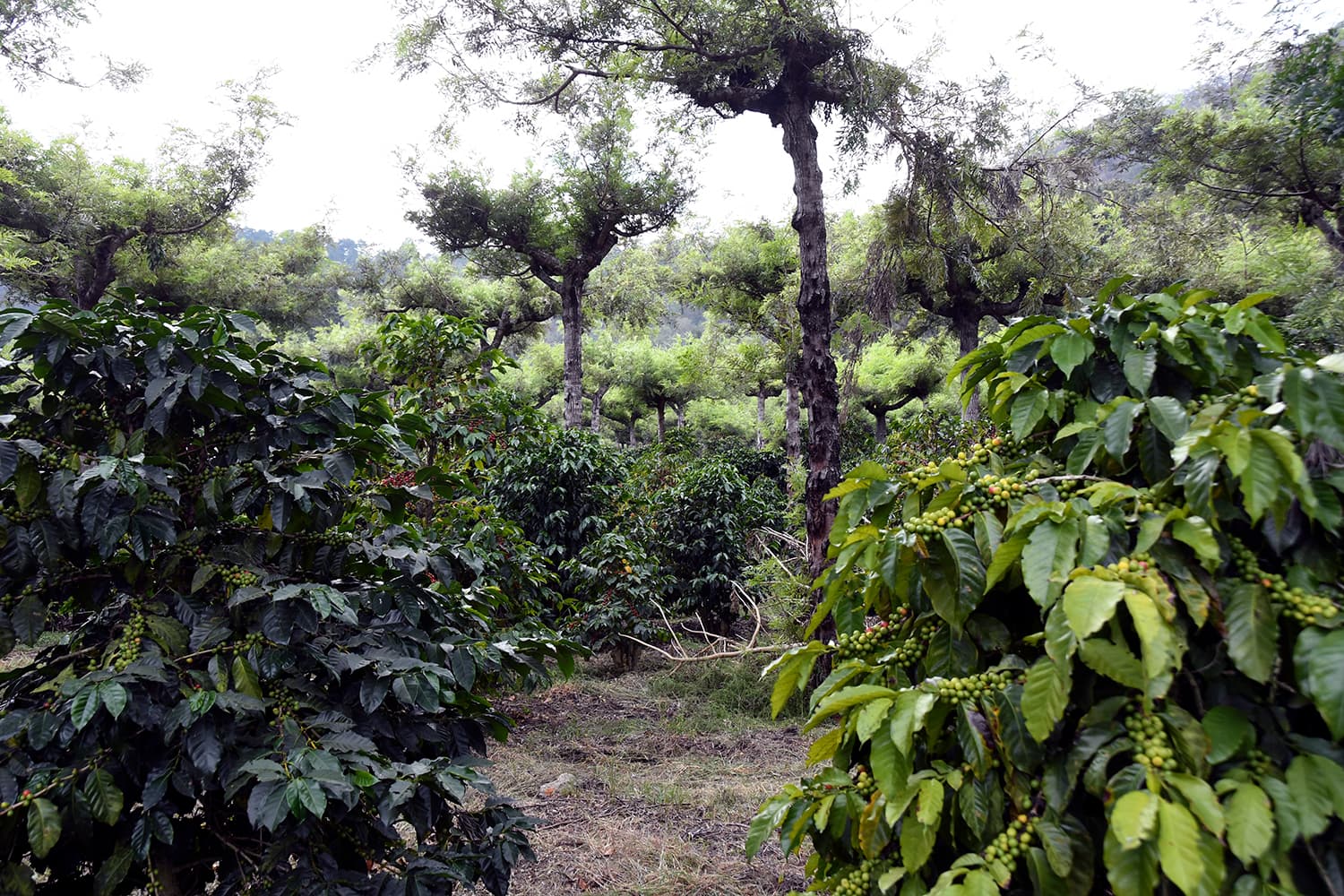
The coffee-growing region of Antigua has an estimated population of 207,244 inhabitants and an area of 91 kilometers. has 9 Coffee Districts, these districts are home to more than 6,408 families that cultivate more than 12,814.85 hectares of Coffee of the Arabica variety of the Bourbon, Caturra, Catuaí and Pache varietals, is the second largest coffee-growing region in the country.
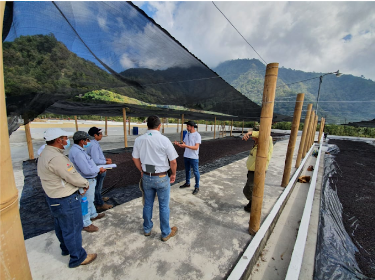
The coffee-growing region of Atitlán has an estimated population of 94,557 inhabitants. and its surface area is 91,352 km², this region has 5 coffee growing districts, these districts are home to more than 1,689 families that cultivate more than 3,379.32 hectares of Arabica coffee of the Bourbon, Caturra, Typica and Catuaí varietals, is the 7th largest coffee growing region in the country.
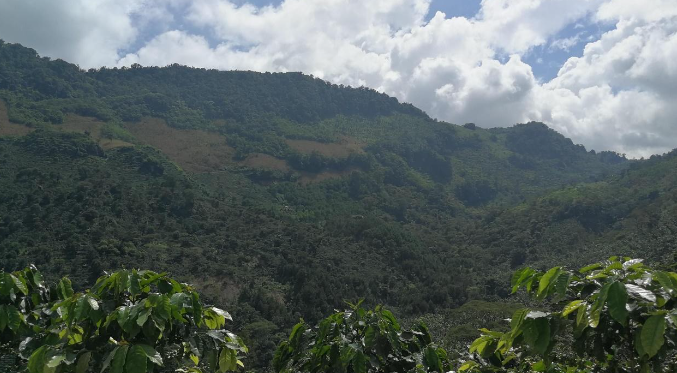
The coffee-growing region of Cobán is located in the central region of Guatemala, with an estimated population of 310,100 inhabitants and an area of 2,132 km².
This region has 9 coffee-growing districtsAmong them San Pedro Carchá, San Juan Chamelco, San Cristóbal Verapaz, these districts are home to more than 2,400 families that cultivate more than 4,813.66 hectares of Coffee of Arabica variety of the Varietals Caturra, Catuaí, Obata, Anacafé 14, Catimores and Sarchimores, Cobán occupies the 5th place as a Coffee region of the country.
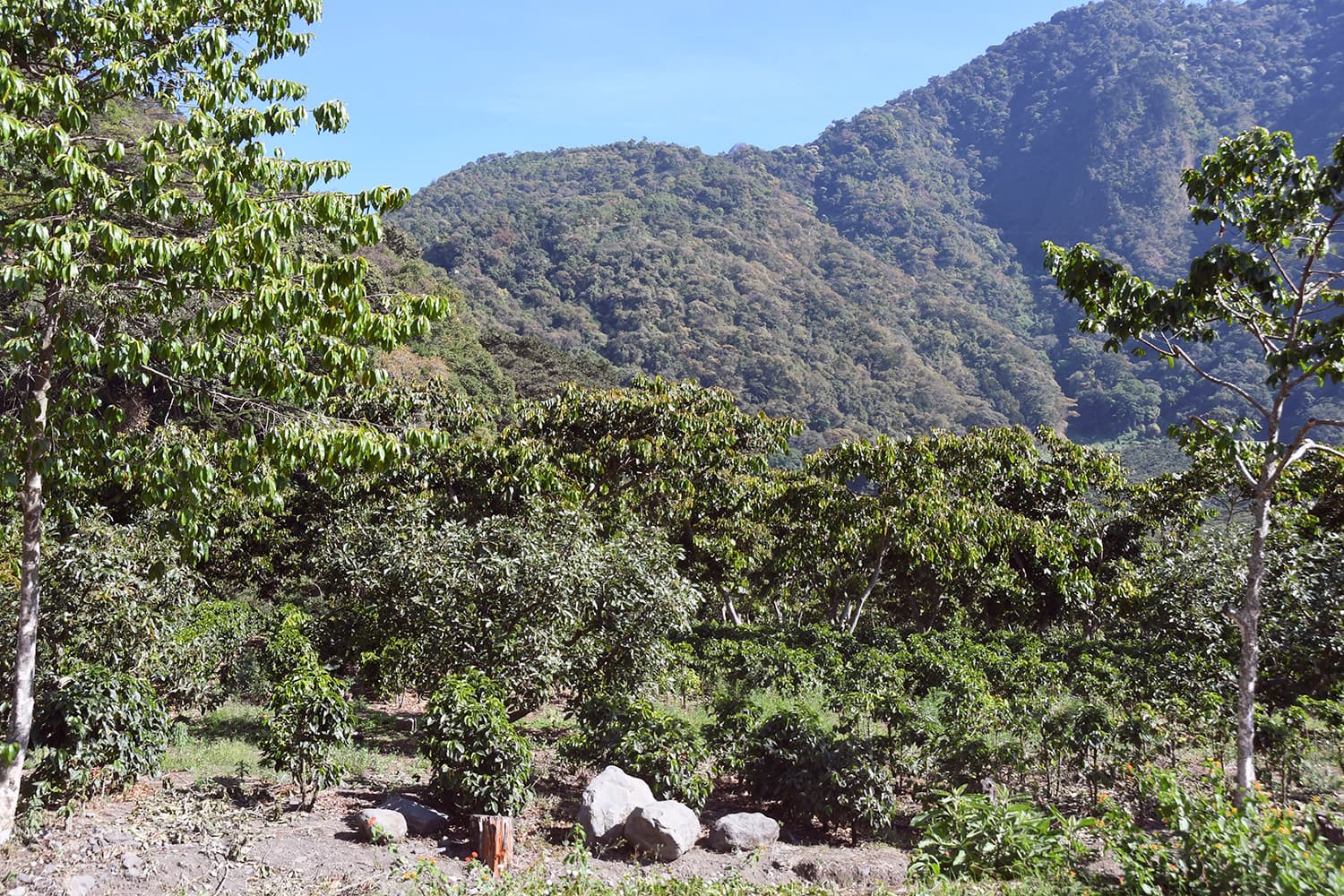
The Coffee region of Fraijanes has an estimated population of 373,771 inhabitants and an area of 772.72 km², this region has 9 Coffee districts, these districts are home to more than 6,408 families that cultivate more than 12,814.85 hectares of Coffee of the Arabica variety of the Bourbon, Caturra, Catuaí and Pache varietals. is the second largest coffee-growing region in the country.

The coffee-growing region of Huehuetenango has an estimated population of 89,516 inhabitants and an area of 345,997 km. has 16 Coffee Districts, these districts are home to more than 8,586 families that cultivate more than 17,127.97 hectares of Coffee of the Arabica variety of the Bourbon, Caturra and Catuaí varietals. is the first coffee growing region in the country.
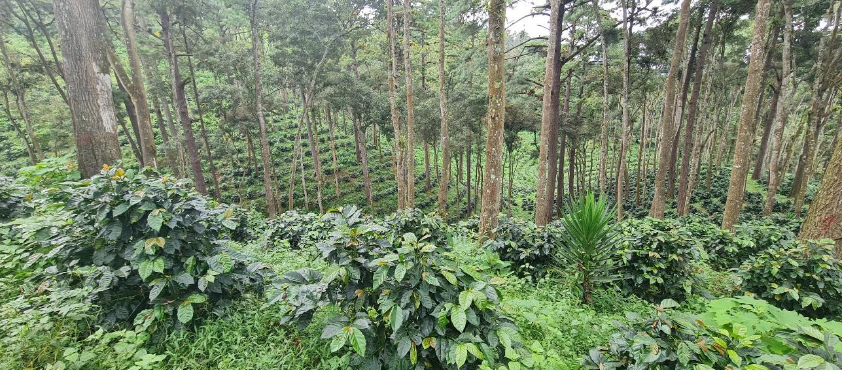
The Nuevo Oriente coffee-growing region has an estimated population of 22,863 inhabitants and an area of 313.89 km. has 8 coffee-growing districts, these districts are home to more than 1,539 families that cultivate more than 3,077.33 hectares of Arabica coffee of the Bourbon, Caturra, Catuaí and Pache varietals. is the 8th largest coffee growing region in the country.

The coffee region of San Marcos has an estimated population of 1.17 million inhabitants and an area of 3,791 km², this region has 17 Coffee districts, these districts are home to more than 2,705 families that cultivate more than 5,410 hectares of Arabica variety coffee of the varietals Bourbon, Caturra, Catuaí, Villa Sarchi and Catimores. It is the 4th largest coffee growing region in the country.

